Well, ambling along streams for 30 years or so to learn more about Eurasian otter Lutra lutra, has proven fruitful for the soul and body. It has also hopefully contributed survey data for an animal that is now back in every county of England from the north and west where it had retreated to in the face of habitat loss, pollution etc. Legs and lungs have been suitably exercised checking numerous wetland and terrestial habitats for field signs, namely spraints, footprints, above or below ground shelters and occasional sightings – taking account of access considerations and the law to ensure no disturbance.
I’ve been fortunate to accompany experienced field naturalists who are happy to share their field craft and suggest valuable literature on otter ecology to help found my library of knowledge about local patches. I decided to learn to fly fish during trips out with friends who’ve fished waters for 50 years and thereby developed a deep understanding regarding their dynamics, flora and fauna – plus frequently reported watching otters.
I’ve lots of good memories and times of particular insight, putting together jig saw field sign pieces and trying to think and sense how an animal may be using the landscape. I vividly recall being shown how an otter was using linear rock features on a Galloway beach to move between the open water and scrubby back shore and well worn animal slides into the predominantly fresh water rock pools. PIC GALLOWAY
On flicking through a beautifully illustrated book called A Countryman’s Year by A.C Jenkins 1980, I found the following description by Philip Gosse of tobogganing otters – although in snow, this creates a picture for the activity in these rock pools:
..These slides were as smooth and slippery as glass, caused by the otters sliding on them in play, in the following manner….each in succession, lying flat on his belly, from the top of the bank slides swiftly down over the snow, and plunges into the water. The others follow, while he crawls up the bank at some distance, and running round to the sliding place, takes his turn again…
This triggered more digging and Gosse was a 19th C English naturalist, popularizer of natural science, an innovator in marine biology and created and stocked the first public aquarium at London Zoo in 1853. He spent a lot of time at St Marychurch South Devon near my home locality but I’d not heard of him. These outings came into mind as I’m reading a 1947 edition of The Five Red Herrings by D LSayers with a map of places and pre Beeching rail net work based around Kirkcudbrightshire.
There is a similar excitement in following paths between lochans and rock outcrops to small beaches on the Outer Hebrides and finding otter footprints in pristine sand after the last tide wash.
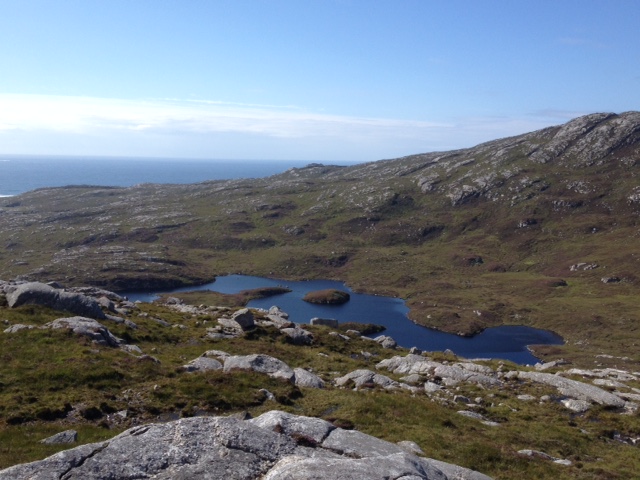
Lochan – Lewis

Lewis – otter run between holt and lochan 2016
I can still mentally trace in high definition typography, colour and smell, the meanders, riffles, pools, tree trunks, copses, reed beds, rushy flushes, small sandy banks and terrestrial rock outcrops of various small rivers and streams, on the moors, marginal rough ground and lowland sections.
I was in happy nirvana producing a few hand drawn maps of stream corridors with detailed notes, rather like old fashioned maps found in novels where children drew maps with tea bushes in India, cows on the South American Pampas and ocean going whales with blow holes. Another fulfilling outing was to follow occasional small spraints in an upland stream no wider than my calf as I got to the top of the hill to realise and ‘learn’ how quite easily – and why not – an otter was using the stream corridor to cross the moor watershed between catchments. I’m sure others knew this but I wasn’t sure at that time and a surprise to others that otter was ‘on the high moor’.
- KONICA MINOLTA DIGITAL CAMERA
- NW Scotland stream
- KONICA MINOLTA DIGITAL CAMERA
It is preferable to choose pleasant weather for such ambles apart from avoiding high water levels. However, I well recall 7 days of unrelenting, horizontal gale force rain whipping in to the Hebrides whilst helping to survey across squelching bog. So called water proof clothing failed miserably and it was of little solace to be told 6 weeks of grand hay making weather had just finished. I must admit, my enthusiasm flagged. I returned to Scotland frequently and halcyon days were experienced on the Isles.
Hours have been spent patiently sitting on the high shore or rocky outcrop, hoping the local otter in that bay would appear in the seawrack and we’d observe prey species caught or time taken for the dives. Otter dives are usually to about 2-5m but have been recorded to 15m. I learnt about the different calorific value of prey, the knife edge existence of finding sufficient food whilst expending energy in cold water with variable visibility, tides and storm waves, the accidental drowning in lobster creels and the importance of geology in providing fresh water.
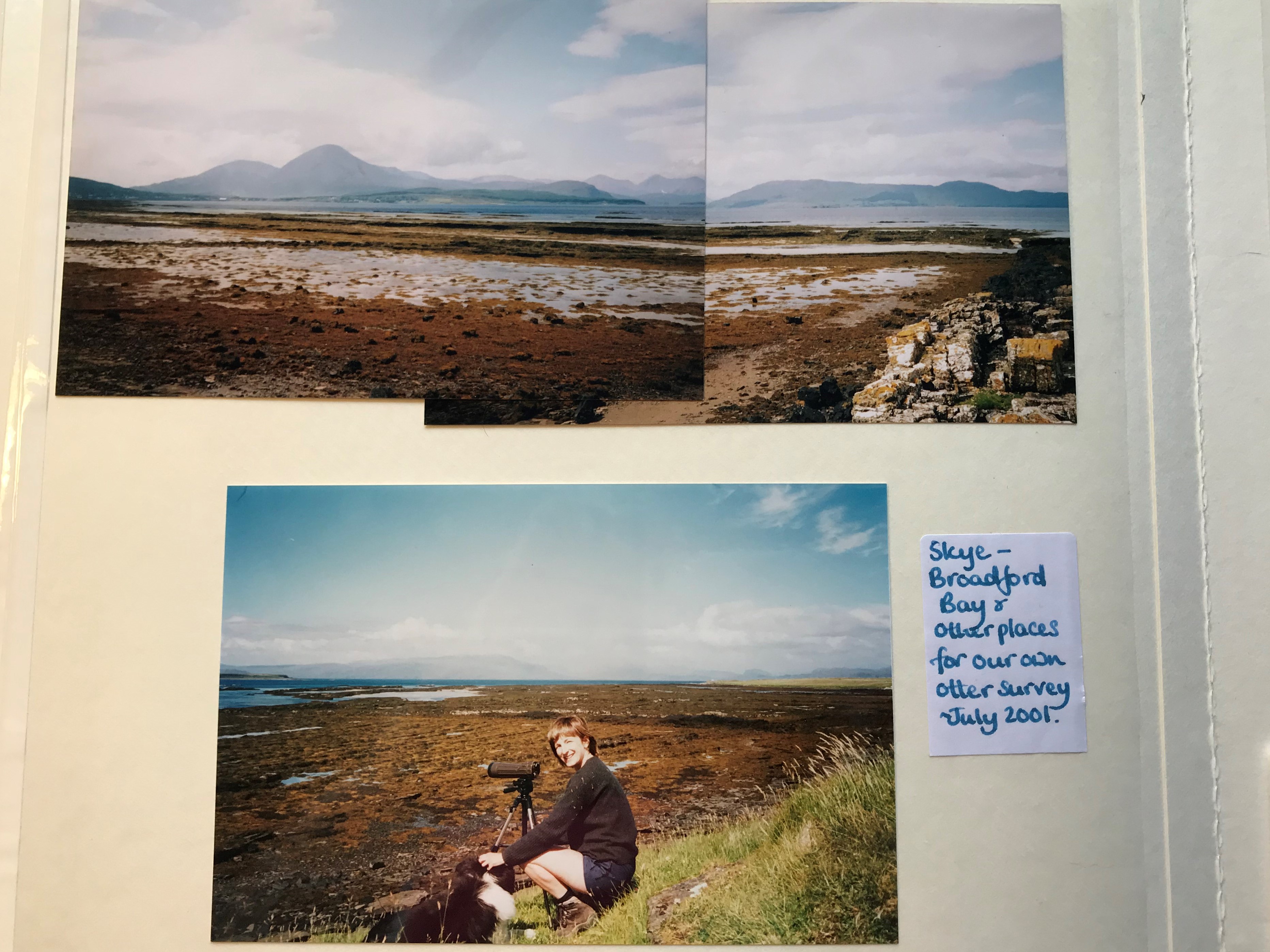 The latter is essential for keeping the fur in good condition. I began to read a landscape, looking for features likely to provide food, shelter and fresh water but also realising it is good to look in places which don’t look ‘good’ to us or fit the text book.
The latter is essential for keeping the fur in good condition. I began to read a landscape, looking for features likely to provide food, shelter and fresh water but also realising it is good to look in places which don’t look ‘good’ to us or fit the text book.
I started learning about prey identification from spraints with tuition from a very good field naturalist. This was a difficult but fascinating world of fish and other species bones with unpronouncable names such as prezygapophyses and postzygapophyses, haemal and neural arches and pharangeal teeth.
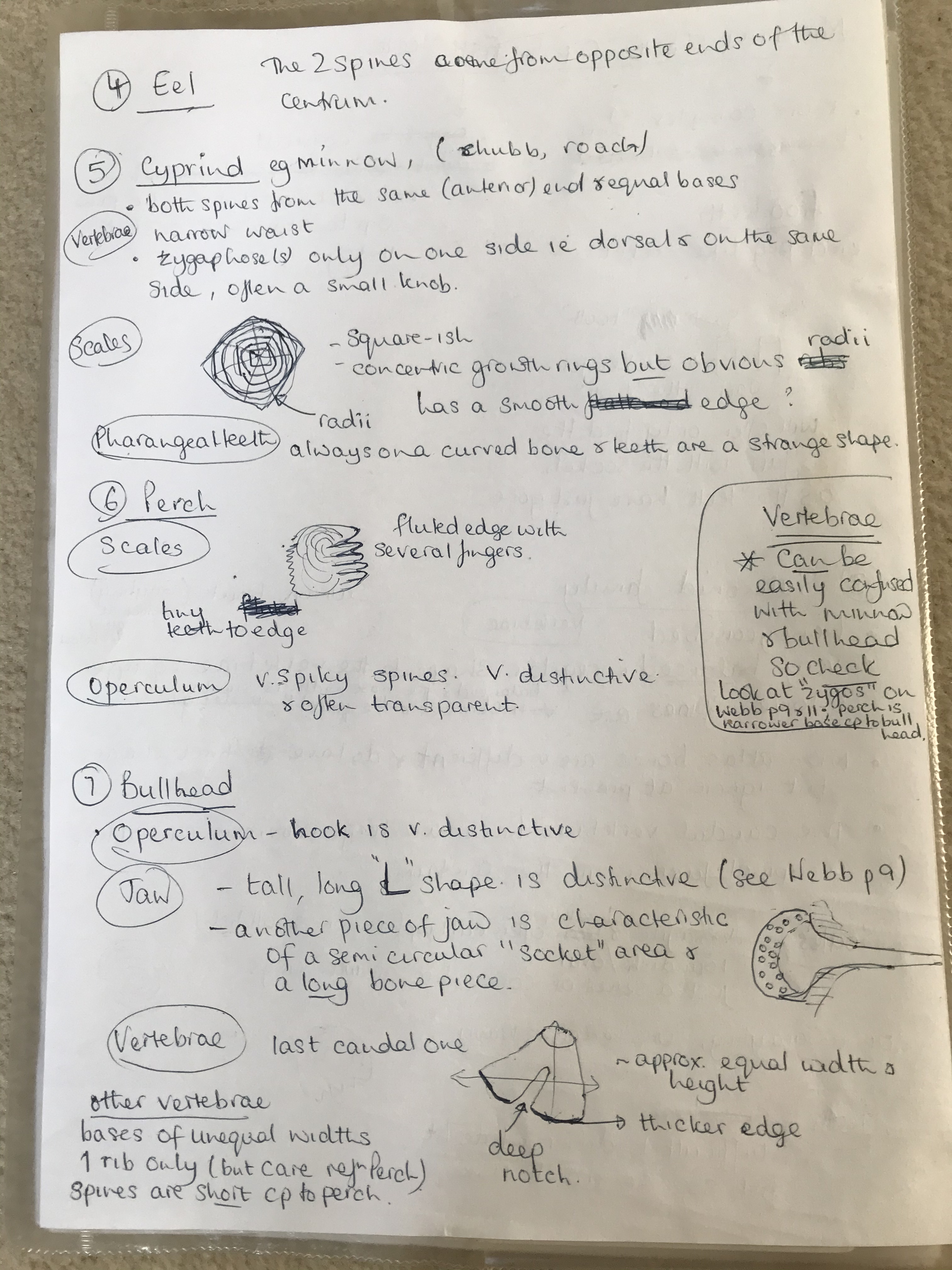
My notes about prey identification from spraint
Some like eel were easier to identify by having the 2 spines at opposite ends of the central vertebrae column, stickleback have a large hole in the base of a caudal vetebrae, salmonids have a honeycombe of holes in a vertebrae and amphibians (compared to birds) have rounded sugary, dull spongy ends to the ball joints with double barelled limbs and the finger and toe bones are small with one end flattened and other at a 90 degree angle. With considerable help, I started to identify prey from 2 different localities and we found salmonid, bullhead, minnow/ carp family, pike, eel, frog/toad, newt and mammal. I plan to return to this, when theoretically I should have more time and when less tired.
Like many people, most of my sightings of otter have been in Scotland during daylight when their prey in the marine environment is less active and presumably makes the catching easier. Each sighting on freshwater in England has been etched in the memory. One was during an evening outing to observe deer on the edge of an upland conifer clear fell. Apart from being excited to make out the deep dusk outlines of 3 deer rising up and moving off from around a pond, there was also an otter moving along the inlet burn.
A similar surprise occurred 2 years ago by a pool below a disused weir on a lowland river. I was out using my new bat detector and enjoying watching the zig zag foraging of pipistrelle species, when a quiet, different gurgle to the river flow signalled the sinuous swimming outline of an otter.

Lowland weir pool for otter sighting at dusk
The animal left the water to spraint on the rear of a bank-side alder and then back into the river going downstream. Perhaps the otter knew I was there and was unbothered or I was lucky to have the light wind and slightly raised observation position in my favour.
Another enjoyable week was helping to survey for otter in Southern Ireland with IOSF and improving a pen with a kids swimming pool for 2 rescued cubs prior to release in a suitable location.
Affordable cameras have provided another avenue of observation. My best results were as beginner’s luck, of an animal grooming and turning around on tree roots in a reed bed – chuffed! Sadly, the camera disappeared from another location. I’m continuing by trial and error with positioning / angles etc by a couple of other tree trunks used fairly often as a sprainting site. So far, a fuzzy rear end of probably an otter, lots of snaps of moving vegetation and occasional mallard duck, heron and roe deer
- My best otter pictures..
- M2E1L0-36R350B300
- M2E1L0-36R350B300
There are the the haunting but matter of fact accounts about otters and the hunts as in Tarka. Wildlife Organisations such as IOSF (International Otter Survival Fund) have information about worldwide otter species distribution and any threats such as trapping for their fur pelts, pet trade or because they are considered ‘pests’. There’s numerous prose and other literature about wetlands and associated species such as otter. I enjoy Dart by Alice Oswald and the art work by Carry Akroyd to poems by John Clare. One of the poems I’ve learnt by heart is part of The Brook by AL Tennyson and I like the verses describing water ‘chattering over stony ways in little sharps and trebles…..I make the netted sunbeams dance against my sandy shallows’ – at times, that’s spot on.
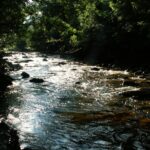
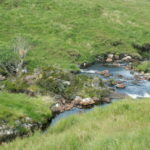
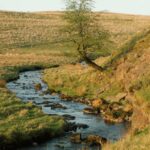
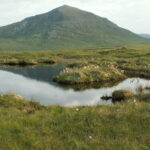
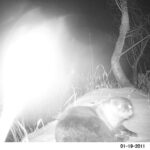


0 Comments